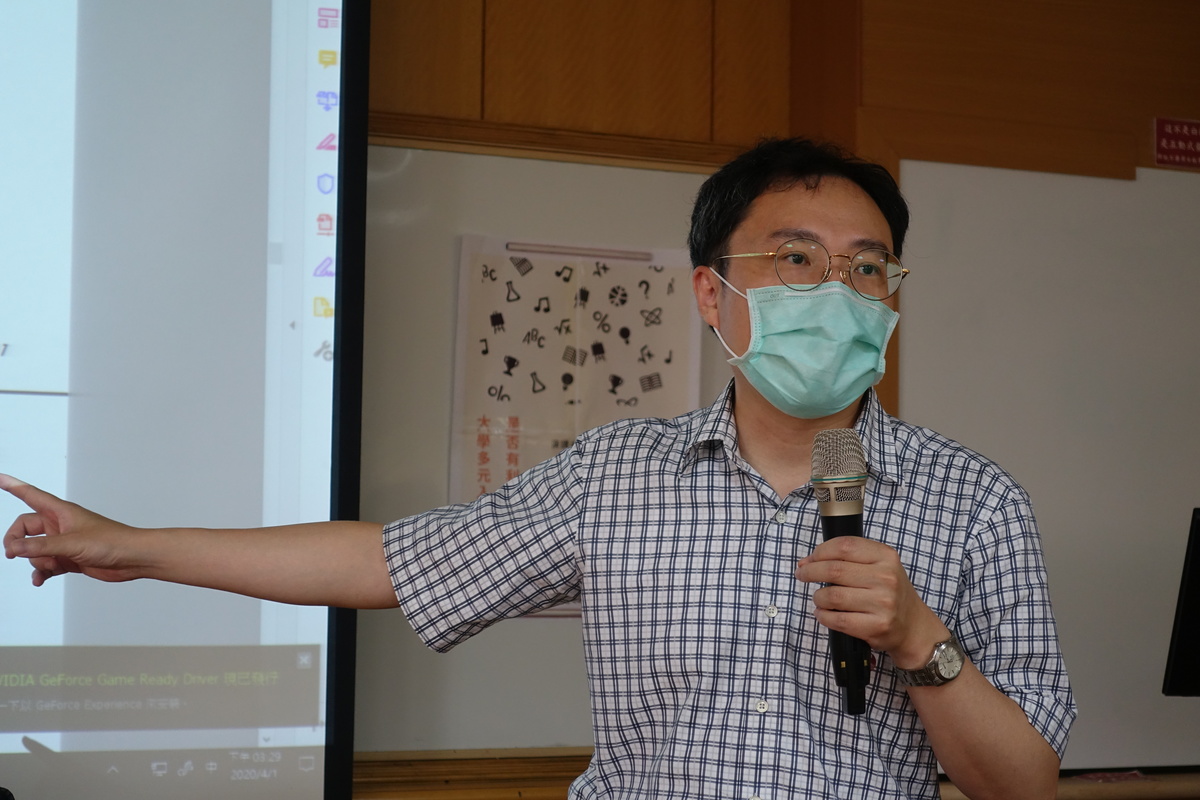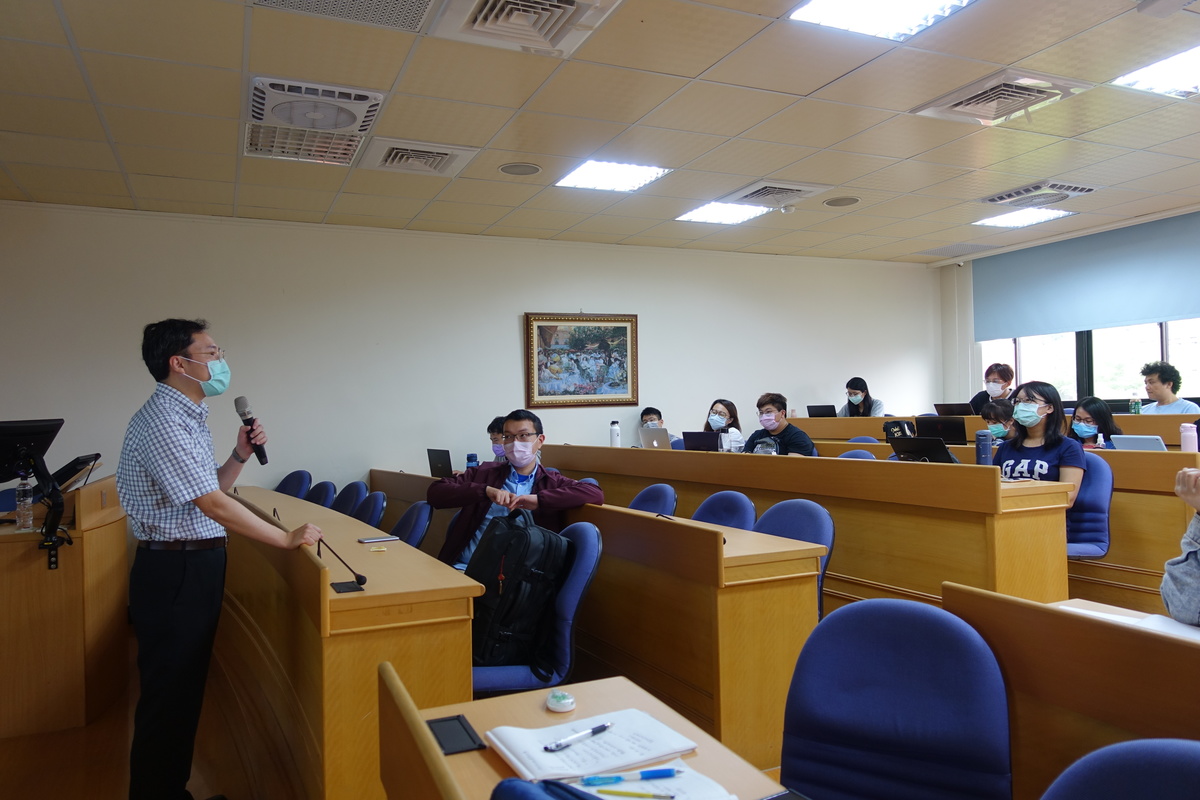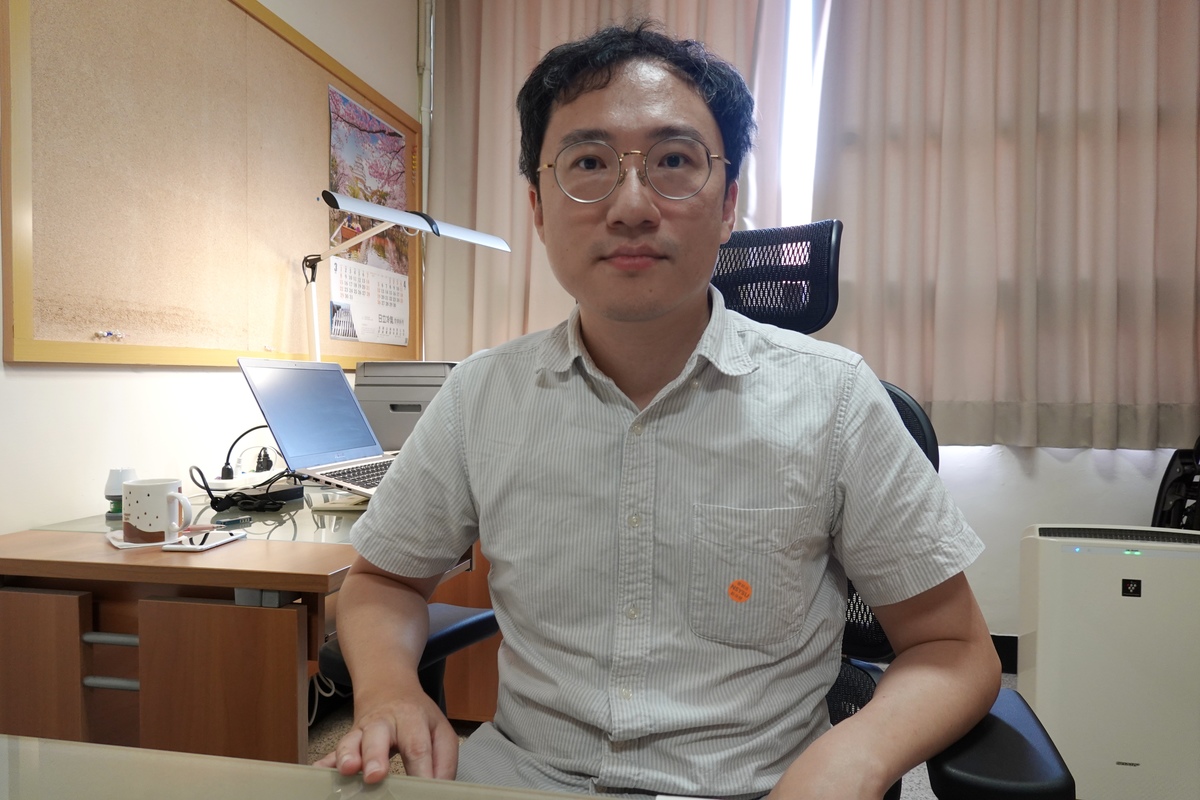Applicants’ socioeconomic background cannot be simply got around with university admission channels, claims Associate Professor Ko-Hua Yap



In 2002, to differentiate the methods of evaluation and give an opportunity to applicants with various skills, multi-channel admission to universities replaced the sole admission based on students’ scores of the Joint College Entrance Examination (JCEE). In 2015, the individual admission quota unprecedentedly surpassed the number of students admitted based on their JCEE results, stirring up debate on whether multi-channel admission is a source of inequality and claims that the individual admission channel gives preference to the upper middle class. In his paper “Does Multi-Channel College Admission System Benefit the Upper Middle Class?” published in the Taiwanese Journal of Sociology, Associate Professor Ko-Hua Yap of the Department of Sociology at National Sun Yat-sen University pointed out that students entering the university by individual admission channels and those admitted based on exam results both come from well-off families, which has its roots in the disparity between the rich and poor and the unequal distribution of educational resources.
In this paper, Associate Professor Yap makes two important points. Having analyzed the data of NSYSU students, he proved that one cannot just consider the income level of student’s home region, but it is the interaction between the income level of student’s home region and his/her family’s socioeconomic status. Yap discovered the students from families with low socioeconomic status in high-income regions and families with high socioeconomic status in low-income regions are the main beneficiaries of the Star Recommendation admission channel.
Secondly, the research results prove that both the JCEE-based admission and individual admission channels tend to overestimate the abilities of students who have highly-educated parents. Simply speaking, the results of the data analysis show that admission based on exam scores is not necessarily a fairer and more accurate way of assessing students’ abilities than the individual admission channel and thus the public debate should reject the common prejudice of the JCEE being the fairest admission channel of all.
Associate Professor Ko-Hua Yap showed that a common trap in the public debate is neglecting the fact that the privilege of one’s family background cannot be simply curbed with university admission channels. If the admission channel is to select students with the best academic abilities, then applicants from high socioeconomic status families will have the highest chances of being admitted, as their families have the economic and cultural resources to train their abilities that are preferred by the system. Thus, this does not mean that the system is unfair: it is a problem of uneven distribution of educational resources.
The admission system cannot block the socioeconomic inequalities in a society if not by establishing more admission channels so that applicants from high-income families will not account for the majority of the admitted students (then, the impact of the resources is reduced), and students will be allowed to choose an admission channel that would give them an opportunity to study. The multi-channel admission still has to be improved, however, for a system to go in the right direction, correct data analysis needs to be conducted to avoid common logic traps of the public debate.
The paper “Does Multi-Channel College Admission System Benefit the Upper Middle Class?” by Associate Professor Ko-Hua Yap in the issue no. 64 of the Taiwanese Journal of Sociology, stirred an extensive feedback in the academic circles. It was the most-downloaded paper of this journal in the first half of 2018, and even the most-downloaded paper of the Airiti Library (base of academic papers and theses in Taiwan) in the category of social studies.
